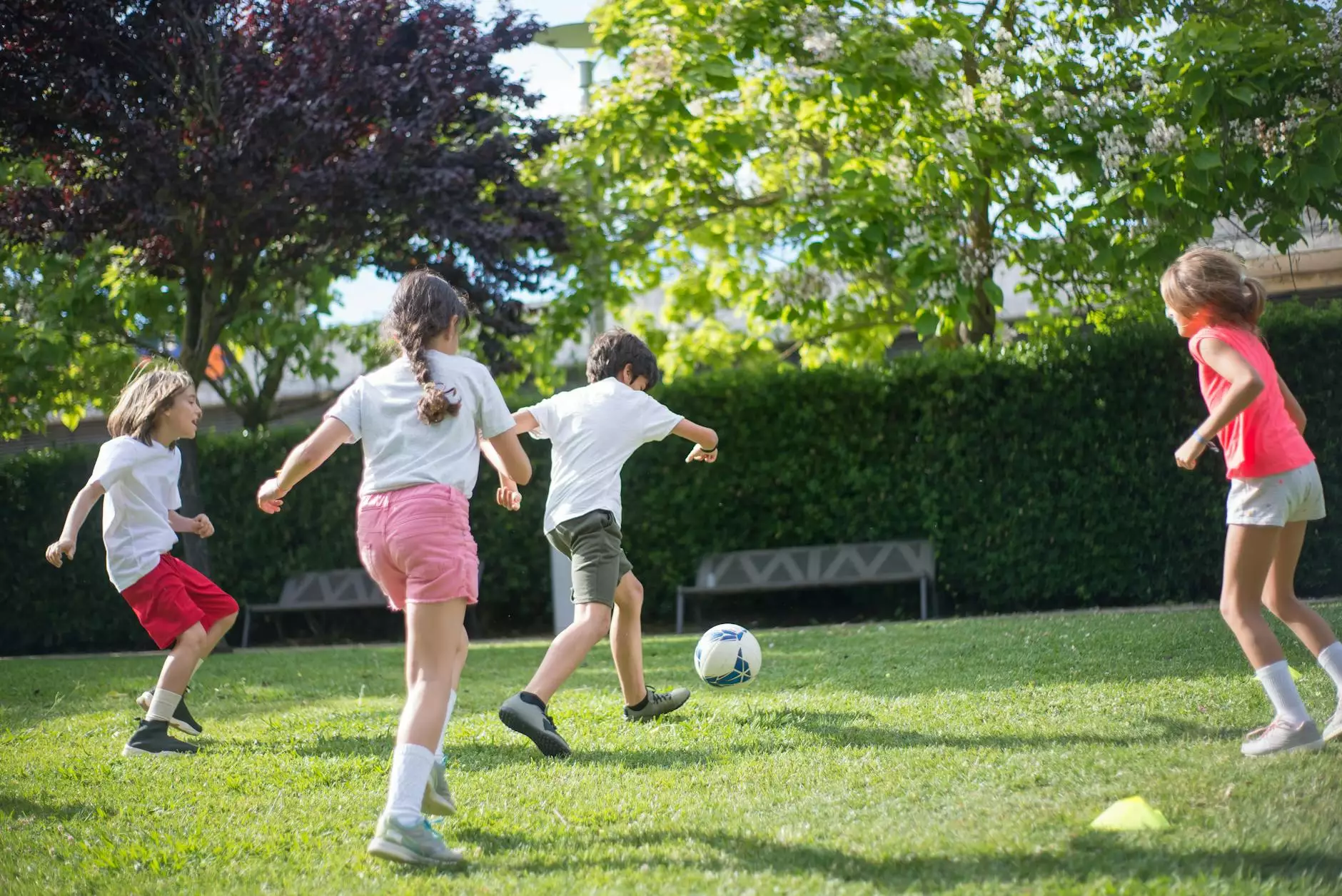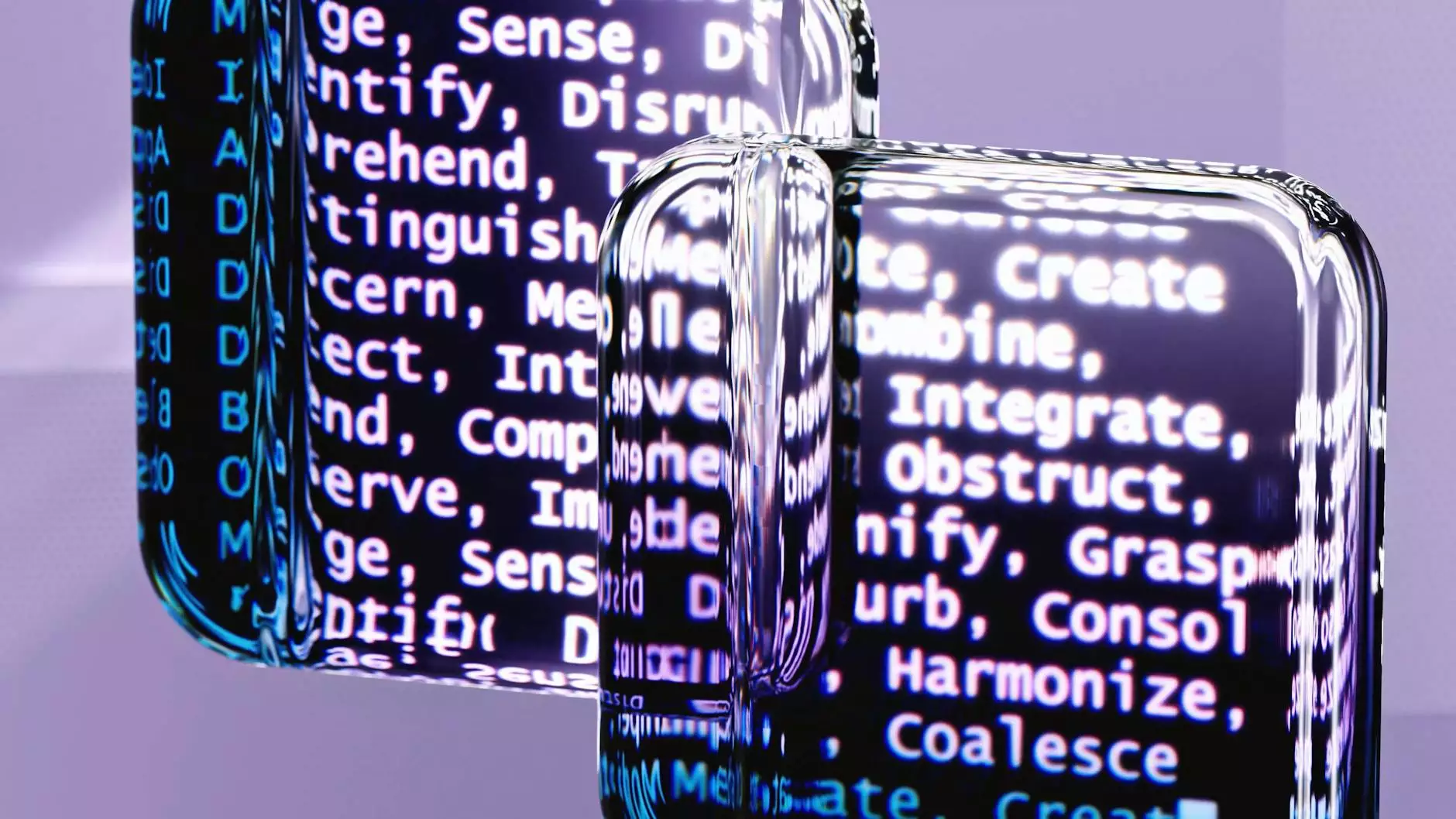The Ultimate Guide to Playground Rubber Tiles

Playground rubber tiles have become a popular choice for many businesses and homeowners looking to create safe, durable, and aesthetically pleasing environments. With their various applications in playgrounds, gyms, and garden areas, these tiles are not just a functional addition but a transformative one as well. In this comprehensive guide, we will delve deeply into the world of playground rubber tiles, exploring their benefits, installation process, maintenance, and much more!
What Are Playground Rubber Tiles?
Playground rubber tiles are specially designed flooring tiles made from recycled rubber materials, often sourced from old tires. They provide a cushioned surface, making them ideal for various environments, particularly where safety is of utmost importance, such as children's play areas. The resilience and shock-absorbent properties of these tiles contribute to a safer play experience, significantly reducing the risk of injuries from falls.
Key Benefits of Using Playground Rubber Tiles
Enhancing Safety in Play Areas
Safety is the most compelling reason for choosing playground rubber tiles. The soft, cushioned surfaces offer excellent impact absorption, helping to minimize injury from falls. Here are some ways in which they enhance safety:
- Shock Absorption: Designed to absorb energy from falls, significantly lowering the chances of serious injuries.
- Slip Resistance: The textured surface helps prevent slips and falls in wet conditions, ensuring a safer play environment.
- Non-Toxic Materials: Made from eco-friendly recycled rubber, they are safe for children and pets alike.
Durability and Longevity
Playground rubber tiles are remarkably durable. Their robust construction means they can withstand varying weather conditions, heavy foot traffic, and the wear and tear that comes with active play. Key points about their durability include:
- Weather Resistance: Unlike traditional materials, rubber tiles don’t crack or fade in sunlight or rain.
- Low Maintenance: These tiles require minimal maintenance. A simple wash is often enough to maintain their appearance.
- Longevity: With proper installation and care, these tiles can last for over 20 years, providing long-term value.
Versatility of Applications
The versatility of playground rubber tiles allows them to be used across a range of settings:
- Playgrounds: Perfect for school playgrounds, daycare centers, and community parks.
- Gyms: Ideal for fitness centers, home gyms, and personal training spaces, offering a safe area for workouts.
- Home & Garden: Can be used in backyards, patios, and around swimming pools to provide comfortable, slip-resistant surfaces.
The Installation Process
Installing playground rubber tiles can be a straightforward process if done correctly. Here’s a step-by-step guide:
1. Prepare the Area
Begin by clearing the installation area of any debris, grass, or existing flooring. Ensure that the ground is level to avoid any issues with drainage and stability.
2. Install a Base Layer
A base layer, usually made of crushed stone or gravel, should be laid down to provide proper drainage and support for the tiles.
3. Lay the Tiles
Start placing the playground rubber tiles from one corner of the designated area. Ensure that the tiles fit snugly against each other to avoid gaps that could be hazardous.
4. Secure the Tiles
For additional security, especially in high-traffic areas, consider using adhesive or interlocking tiles to hold them firmly in place.
5. Final Inspection
Once installed, perform a thorough inspection. Check for any loose tiles, edges, or other potential hazards.
Maintaining Playground Rubber Tiles
To extend the life and maintain the safety of your playground rubber tiles, regular cleaning and maintenance are essential. Here are some tips:
Cleaning
- Regular Sweeping: Remove dirt and debris weekly with a broom.
- Deep Cleaning: Use a pressure washer or a mild detergent solution for a periodic deep clean.
Inspections
- Check for Damage: Regularly inspect the tiles for cracks or wear and replace damaged tiles as necessary.
- Edge Maintenance: Ensure that the edges are secure and not lifting, to maintain safety around the play area.
Environmental Impact of Playground Rubber Tiles
One of the most commendable features of playground rubber tiles is their sustainable nature. Made predominantly from recycled materials, they play a significant role in reducing landfill waste. Here are some environmental benefits:
- Recycling: By utilizing recycled tires, these tiles help divert waste from landfills.
- Reduced Carbon Footprint: The production of rubber tiles typically has a lower carbon footprint than that of conventional flooring materials.
- Longevity: Their durability means fewer replacements are needed over time, further contributing to environmental sustainability.
Conclusion: Why Choose Playground Rubber Tiles?
In conclusion, playground rubber tiles are an excellent choice for anyone looking to create safer, more durable, and visually appealing environments. With their numerous benefits, easy installation and maintenance processes, and significant positive impact on the environment, it is easy to see why they are becoming the preferred option in schools, gyms, and even private residences.
For those considering a flooring solution that combines safety, comfort, and ecological responsibility, playground rubber tiles are undoubtedly an investment in quality and peace of mind. By partnering with reliable suppliers like Flexxerrubber.com, you can ensure you get high-quality products that meet your specific needs.









